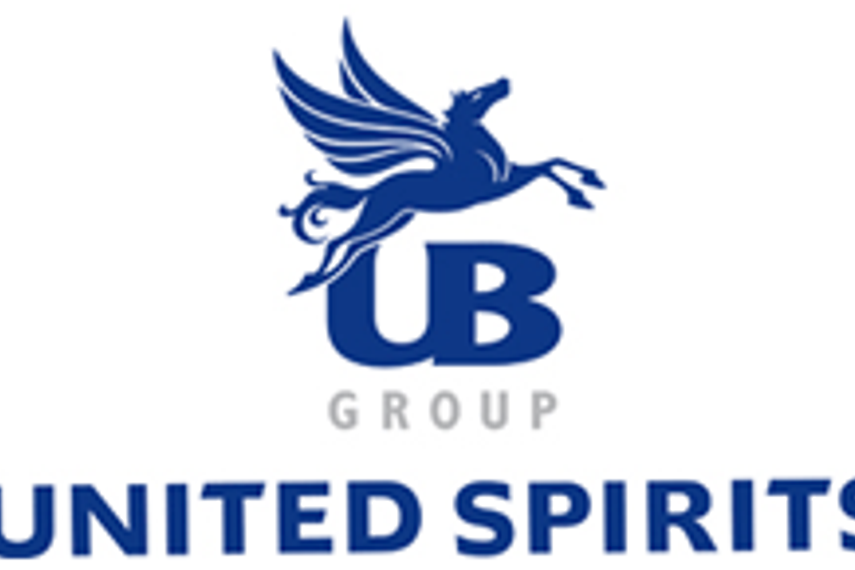
Please sign in or register
Existing users sign in here
Having trouble signing in?
Contact Customer Support at
[email protected]
or call+91 022 69047500
A recent study conducted for FT by UK's brand consultancy Wolff Olins predicts that many of the world’s future global brands will come not from the west, but from emerging markets like India, China and South America. The agency has selected five brands that are big in emerging markets today, but virtually unheard of by consumers in the developed world, a list which includes India’s United Spirits and Chinese wine brand ChangYu and projects that these will rise to become the international brands of the future, as familiar around the world as Starbucks and Coke.

Contact Customer Support at
[email protected]
or call+91 022 69047500
Top news, insights and analysis every weekday
Sign up for Campaign Bulletins
The latest ad films and campaigns from brands like Aakash Educational Services, Luminous Power Technologies, Dell Technologies, and more, in our weekly roundup.
The sport’s key players—from clubs to leagues—are using targeted social media strategies and exclusive content formats to drive growth in China, according to Mailman’s annual Red Card report.
Jurors hail from 52 country markets; Ivory Coast and Kazakhstan represent for the first time.
Our weekly roundup of the latest appointments and account wins news from The Trade Desk, Orion Digital, Media Care, Sujata Appliances, Ghadi Detergent, Abby Awards, Django, and many more.